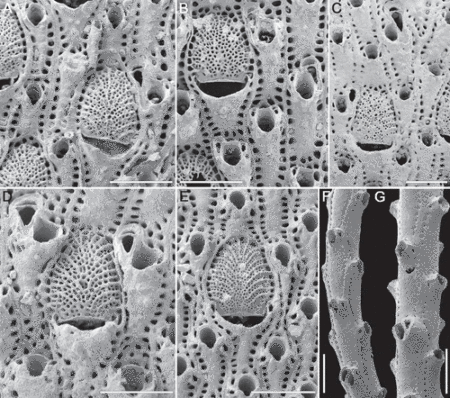
June 27, 2020 – Among the many science books I have read over the years, Stephen Jay Gould’s revelations on the Burgess Shales describing the Cambrian Explosion is one of my favourites. The world of the Cambrian was filled with all kinds of new and exotic species of animals with many of them the ancestors of all things crawling, flying, and swimming on Earth to this day. As much as I admired Gould, he got a few things wrong in interpreting the fossil record. I remember one where he turned one fossil completely upside down and had it walking on legs that looked like triangular spikes. Corrections later showed that these spikes were part of the animal’s armor, and that the things he thought were decorative, a wavy series of tendrils, were actually the legs.
In one of Gould’s books he proposed the theory of punctuated evolution. Whereas Charles Darwin’s descriptions of natural selection described a gradual and incremental change in species over time, Gould hypothesized that large changes to a species can happen in short bursts of time influenced by external forces. This, Gould, theorized, happened when a species first emerged leading to a period of rapid evolutionary change followed by a stable and long period in which no changes occurred.
Gould picked a number of examples from the fossil record to back up punctuated evolution. In 1972, along with colleague Niles Eldredge, Gould published their paper describing the phenomenon and illustrating it with fossil examples. The most famous of these was bryozoa, an invertebrate that lives in colonies that form structures that can resemble seaweed, or form crusts over existing rock surfaces. Bryozoan colonies consist of individuals called zooids which form geometric patterns detectable thrhough a magnifying glass. The zooids are covered in tentacles that capture plankton and bacteria as their primary food source. Colonies can grow to 30 centimeters or more and take on white to pinkish hues.
Gould believed he saw within the fossil record of one particular bryozoa species, Metrarabdotos, sudden evolutionary jumps that were followed by long periods of no change, a condition he called stasis. But it appears that Gould got it wrong. According to a paper appearing in The American Naturalist last month entitled, “Revisiting a Landmark Study System: No Evidence for a Punctuated Mode of Evolution in Metrarabdotos,“ authors Kjetil Voje, Emanuela Di Martino, and Arthur Porto, from the University of Oslo, burst the bubble of punctuated evolution stating there is no evidence to support it and that Gould’s data and methodologies were flawed.
Gould had argued that Metrarabdotos was the most meticulous documented example for proving punctuated evolution showing that changes to the species sped up and slowed down over time rather than occurred gradually and continuously. But in fact, Gould’s conclusions came from missing data which the new study introduces plugging the gaps in the fossil record. The end result doesn’t support Gould’s hypothesis of punctuated evolution but rather Darwin’s original hypothesis that species are continuously evolving and not going through evolutionary hiccoughs correlated to external pressures such as sudden geological events within Earth history. There is no doubt that geological events have led to extinction, but as for the evolution of species, natural selection over time remains the driving force behind the life changing and adapting here on Earth.








